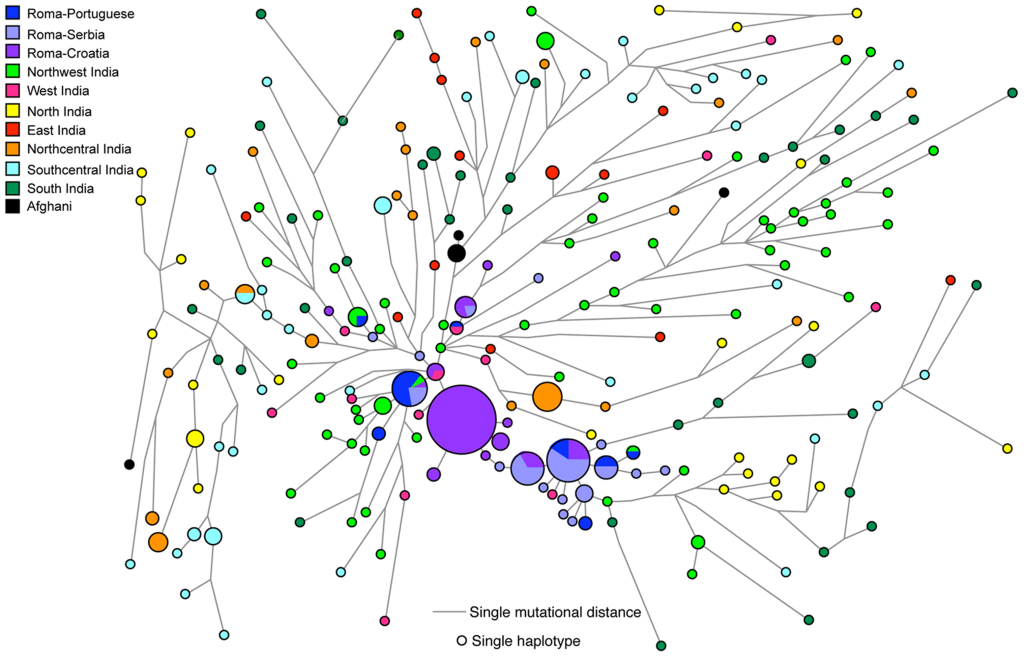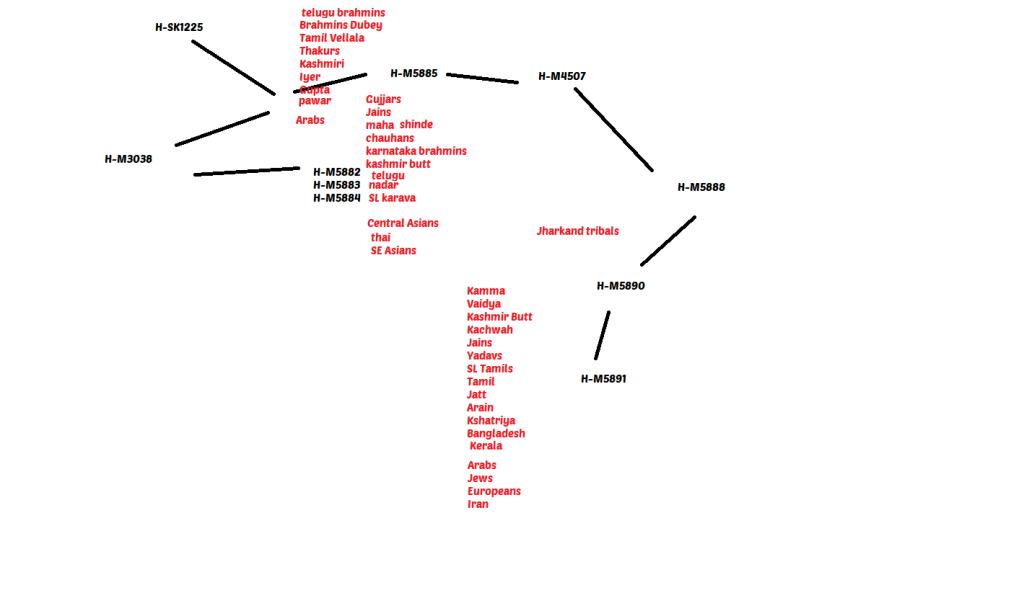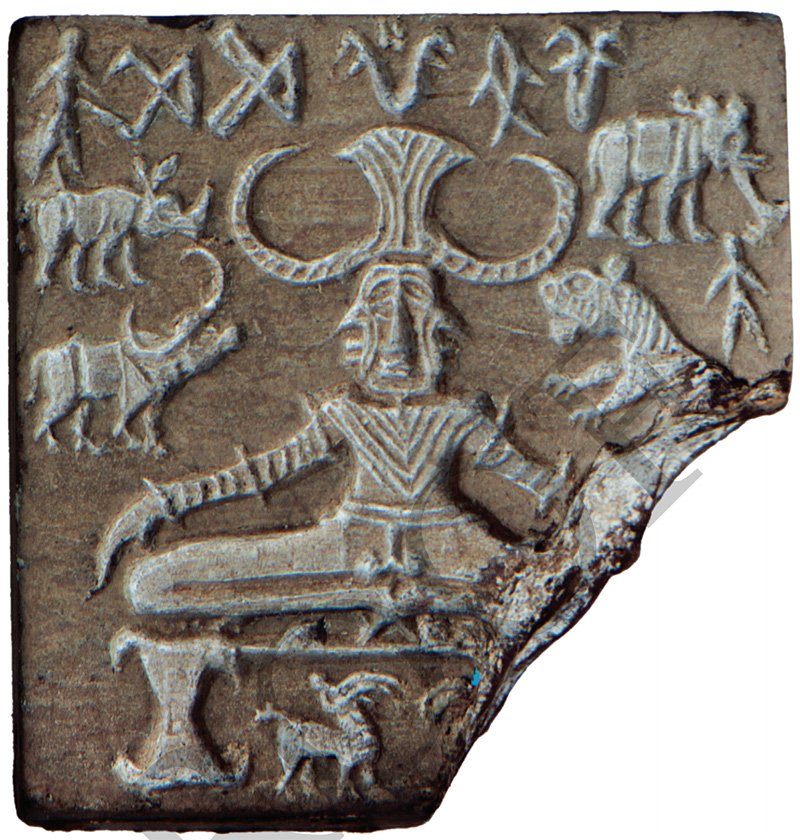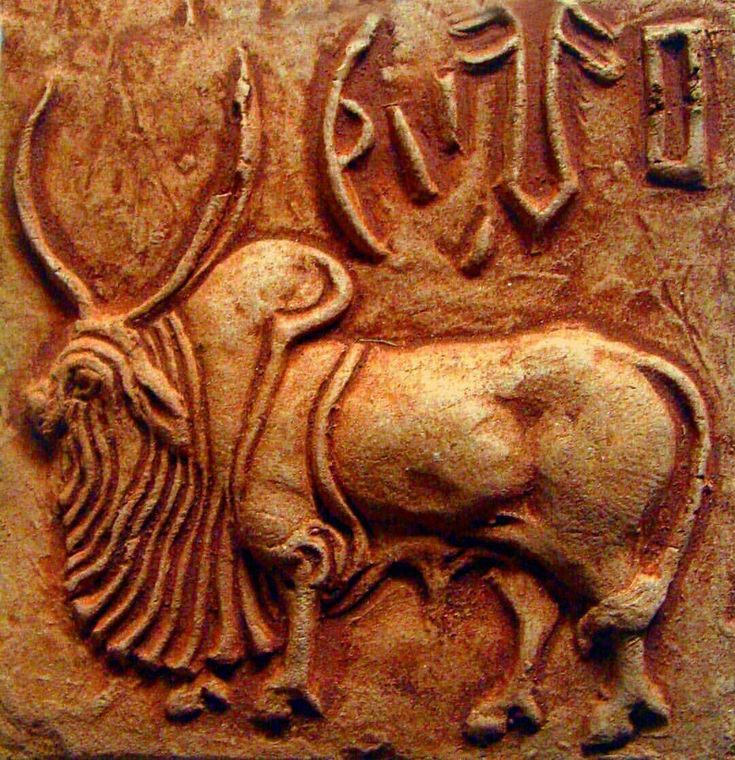Huge ancient y-dna branch H-SK1225
The haplogroup H1a1a-M82 originated in the South Asian pre-LGM gene pool of Y-chromosomes due to higher diversity and occurrence in South Asia probably around 200-300M people. Within India, language group-wise expansion times and variance were observed to be highest among Dravidian speakers (25±3.5 KYA, 0.59), followed by Austroasiatic speakers (22.4±3.3 KYA, 0.52), and lowest among Indo-European speakers (19.5±2.2 KYA, 0.47).
The geographical distribution of hg H1a1a-M82 is largely restricted to South Asia, and its significant occurrence among European Roma populations strongly links the Roma to the Indian subcontinent. The high frequency of H1a1a-M82 among all the Roma groups and their reduced genetic diversity relative to South Asian populations can most likely be attributed to their recent migration from India . In the network analysis, the Roma Y-STR haplotypes cluster predominantly close to the northwestern Indian haplotypes. In addition, the northwestern Indian haplotypes, while diverse, generally radiate from the core of the network while the Roma haplotypes being distributed further away. These patterns point to northwestern India as the source of the Roma H1a1a-M82 chromosomes. The average age estimate of Roma founders considering their distance from Northwest Indian founders is 1405±688 YBP, which is largely in agreement with the time frames suggested previously.

Looking at the occurrence pattern within India shows following interesting wide occurrence among many social groups that were tested on commercial platforms such as FTDNA, 23andMe etc…

Studying these social groups in more details point to occurrence near IVC area during Chalcolithic and Bronze age. There is also a widespread trading relations due to occurrence near ancient cities of Elam, Babylon, Levant cities, Thai, SE Asia, Central Asia etc… and in Europe. The early spread in Chalcolithic era and Bronze age along the Persian Gulf coast and cities was probably fueled by trading and climate changes. Even today paternal y-dna of some of the local Arabs, Iranians, Jews are from the H-M5888 branches. The early trade of IVC cities on lapis-lazuli, stone, timber, animals, carnelian etc.. with these cities in Elam and Mesopotamia, Levant and Anatolia were probably cause of these spread. The Pasupati seal shows that wide importance given to animals and wide availability of Buffalos and Zebu cattle.


The presence of Brahmin and Jains within this haplogroup confirm the earliest religion practices of the IVC as recorded in Rig Veda and Jain books. The trade network and trading traveling gods such as Varuna associated with these activities and trade groups such as Panis and Asuras mentioned in Rig Veda were those people.
In the Rig-Veda, Varuna is accosted as follows: “King Varuna has made a highway for the sun to go over. O thou wise asura and king, loosen our sins!” Again: “The all-knowing asura established the heavens, and fixed the limits of the earth. He sat as the supreme ruler of all worlds. These are the works of Varuna.” “Asura stands for the Supreme Spirit,” in another verse, and “also as an appellative for Prajāpati or creation’s lord.” Again and again Varuna alone, and also in conjunction with Mitra, is called an asura. “All the Vedic gods have shared the same title, not excepting even goddesses.” “Varuna was the all-knowing asura, Prajāpati the Supreme Being; Indra, the Maruts, Tvastri, Mitra, Rudra, Agni, Vāyu, Pushan, Savitri, Parjanya, the sacrificial priests, were all asuras. In fine, Deva (god) and asura were synonymous expressions in a multitude of texts.”
On Varuna, the All-Knowing God, the ‘Rig Veda,’ I, 25, 1-3, 7-14 reads:
1) Whatever law of thine O god, O Varuna as we are men, Day after day we violoate,
2) Give us not as a prey to death, to be destroyed by thee in wrath, To thy fierce anger when displeased.
3) To gain thy mercy, Varuna, with hymns we bind thy heart, as binds the Charioteer his tethered horse. . .
7) He knows the path of birds that fly through heaven, and, sovereign of the sea, He knows the ships that are thereon.
8) True to his holy law, he knows the twelve moons with their progeny: He knows the moon of later birth 1
9) He knows the pathway of the wind, the spreading, high and mighty wind: He knows the gods who dwell above.
10) Varuna, true to holy law, sits down among his people; he, Most wise, sits there to govern all.
11) From thence percieving he beholds all wondrous things, both what hath been, And what hereafter will be done.
12) May that Adyita very wise, make fair paths for us all our days; May he prolong our lives for us.
13) Varuna, wearing golden mail, hath clad him in shining robe; His spies 2 are seated round about.
17) The god whom enemies threaten not, nor those who tyrannize o’er men, Nor those whose minds are bent on wrong. [Source: Translation by Ralph T.H. Griffith, in his The Hymns of the Rigveda, 1 (Benares, 1889) pp.42-43,Eliade Page]
Similarly the later Sanatani traditions of King Janaka point to the continuing of these into late IA Magadha also widely followed by many learned seers such as S Gosvami who provide information on Sanatani Dharma as follows.
Duty of the human being… Duty of the human being is explained that first beginning is dharma. Dharmeṇa hīna paśubhiḥ samānāḥ [Hitopadeśa 25]. Unless we come to the platform of understanding what is dharma, or religion…
To understand the Absolute Truth we have to make progress from impersonal Brahman to localized Paramātmā and then, from Paramātmā to this Bhagavān, the Supreme Personality of Godhead.
mentioned in Śrīmad-Bhāgavatam as…
vadanti tat tattva-vidas
tattvaṁ yaj jñānam advayam
brahmeti paramātmeti
bhagavān iti śabdyate
[SB 1.2.11]
One of the branches that has specific mutations of H-M82 haplogroup is exclusively associated with world wide Roma populations based on the genetics shows split thousand years back from the NW part of the South Asia.
The ancient South Indian branches such as Brihatpalayana, Salankayana, Kadamba are probably associated with such Sanatani Brahmin groups who still shared a kinship with some of the Kshatriya, Jains and degraded Kshatriyas during that early Southern movement during late IA. Around 278 AD. Andhra Ikshvakus of Krishna Valley were put to end by combined Abhiras, Salankayana, Brihatpalayas. Brihatpalyas are ruling Koduru or Masulipatnam. Salankyana are ruling in Vengi. Pallavas in Guntur. Each of them got a piece part of territory and ruled independently after that.
The Word Salankayana indicates Nandi, the bull of Shiva. So the crest of Salankayana was connected with name of their family not of Gotra. Similarity in names of Pallava, Brihatphalayana, Salankayana and the epithey Pitrabhakta, which bore the emblem of bull, raise the assumpton they all shared same guru and probably feudaries of Satavahanas. This Bull is intimately related to their religion and with the ancient trade of these people with cities along Persian Gulf and in Levant, Anatolia.





No comments:
Post a Comment